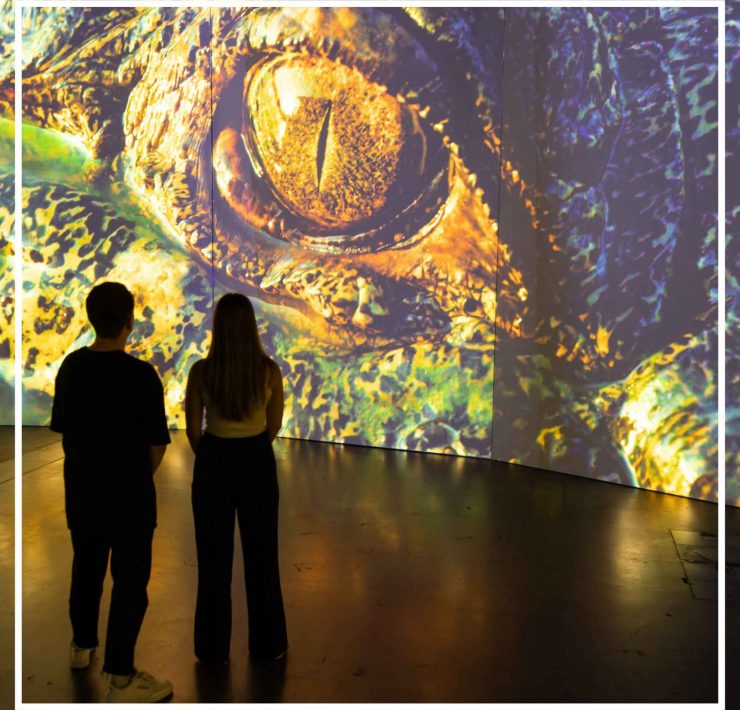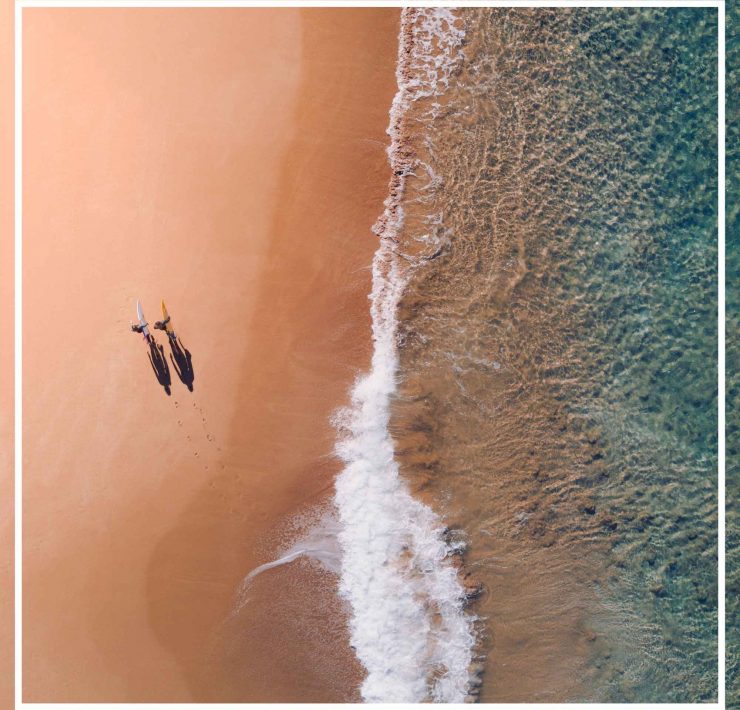Everything You Need To Know About Tramping New Zealand’s Abel Tasman

Tayla writes about travel. And she does it for anyone…
In my humble hiking opinion, the Abel Tasman National Park is the world’s safest and most beautiful trail. Why is it so safe? Because it’s in New Zealand, and we all know nothing bad ever happens in New Zealand. Why is it the most beautiful? Because, again, it’s in New Zealand.
If you’re looking for a slice of danger to accompany your outdoor pie then, I’m sorry, but you’ve gone one stop too far. But if you’re after stress-free hiking, a world-class coastline, unmissable signposting and the comedic lilt of the local Kiwi accent, then the Abel Tasman is for you, bro.
What is Abel Tasman?
Abel Tasman National Park is 60kms of unbeatable Kiwi coastline. Situated at the top of New Zealand’s South Island, the park skirts the Tasman Sea and is the playground for migrating whales, seal colonies and international hikers alike.

The park’s closest town is Nelson and it’s the perfect spot for picking up last-minute supplies and stocking up on all your camping groceries. Make sure you drop by the local oyster bar for a Nelson sauv blanc and a plate of freshly shucked delights the night before you hike. You know, just to get off on the right foot.
How do I get to Abel Tasman National Park?
If you’re driving, the starting point at Marahau is just 67km out of Nelson. Otherwise, there are a range of buses and shuttles that run the stretch between Nelson and the park.

Once you’re at the park, the only point of entry to the trails is by water taxi. Choose your drop-off and pick-up points (options are Anchorage, Torrent Bay, Onetahuti, Awroa and Totaranui) depending on your energy levels and then hike easy knowing that a helpful skipper is going to be waiting at the other end.
What can I do?
The Abel Tasman is a “choose your own adventure” kind of park. Whether you want to see the coast from the seat of a kayak, hike its trails or do a combination of both, all activities are incredibly accessible and easy to organise.

If you’re keen to walk the entire coastline, the three- to four-day journey generally starts in Marahau and finishes up in Totaranui, taking you through breathtaking forest and alongside aquamarine waters. Wake eith the sunrise, play “spot the whale”, and cool your sweaty self with an ocean dip along the way.
For those who are shorter on time, the water taxi provides a spot-on few hours of sightseeing and allows you to get into the guts of the park for a day (or a half day) of picture-perfect walking.
Make sure you don’t miss Cleopatra’s Pools, natural waterslides and the antidote to aching hikers’ feet. If you really want to mix it up, throw in an afternoon of kayaking. A trip out to the seal colony always delivers a few laughs.

What do I need to bring?
Whether you’re hiking for two hours or two days, you’ll still require all the normal gear: hiking boots, a water bottle, lots of layers, enough food, and sun protection. New Zealand might be cold, but it’s got UV rays strong enough to rival Australia’s.
Besides the basics, you’ll definitely want to pack your swimmers for seaside stopovers. Insect repellent is also a necessity as the sandflies in this part of the world (especially during the summer months) will happily eat you alive, starting from your ankles.

Remember to carry rubbish bags with you, too. There are bins along the route, but you’ll still need to carry out most of what you carry in.
Also, bring some cash! There’s a floating bar at Anchorage that serves a cold brew capable of soothing every weary soul.
Tips and tricks
- Don’t forget to plan your hike around the tides. This is a coastal walk, so many of the routes vary according to low or high tide. The Awaroa estuary area is especially dependent on tidal changes.
- If you can, I highly recommend spending a night in the park. Day trips are lovely, but it’s something else entirely to wake up with the sun rising over the Tasman Bay.
- Choose your season wisely. If you’re keen on a solo experience, hiking numbers in August can be as low as 25 people per day, otherwise the peak period around January can see up to 250 hikers on the trails.
- Don’t stress! The Abel Tasman is incredibly well sign-posted and it’s near impossible to get lost. Honestly, I’d be impressed if you managed to do it.

(Lead image: Pablo Heimplatz)
This post was originally published on February 9th 2018 and has since been updated.
Tayla writes about travel. And she does it for anyone who will let her, from Yahoo to Mildred. She is one half of Two Humans Travel and she is mostly known for her impressive kimono collection, obsession with handstanding and that time she got lost in an El Salvadorian rainforest.








